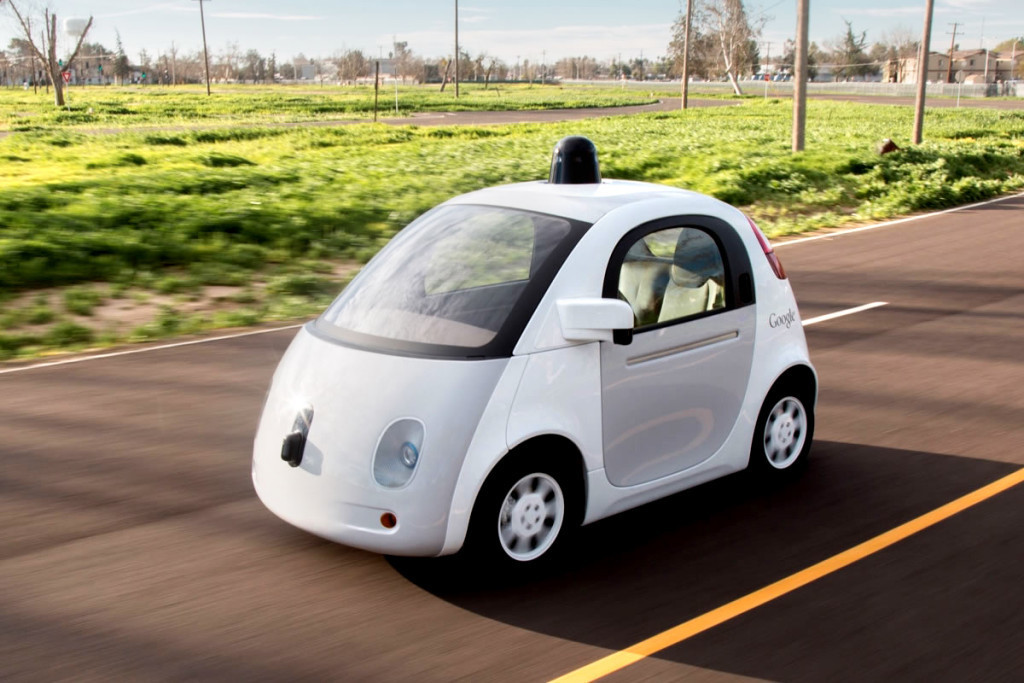Laser Breakthrough Could Speed the Rise of Self-Driving Cars
Rich Hua stashed this in Technology
Stashed in: Robots!, Awesome, History of Tech!, Turing, Lasers!, Innovation, Drones!, Self-driving Cars, My Cold Dead Fingers
This is a great breakthrough:
THE EYES OF a self-driving car are called LIDAR sensors.
LIDAR is a portmanteau of “light” and “radar.” In essence, these sensors monitor their surroundings by shining a light on an object and measuring the time needed for it to bounce back. They work well enough, but they aren’t without their drawbacks. Today’s self-driving cars typically use LIDARs that are quite large and expensive. Google, for instance, used $80,000 LIDARs with its early designs. “Most vehicles in the DARPA urban challenge put half-a-million-dollars worth of sensors on the car,” says Daniela Rus, the director of MIT’s Computer Science and Artificial Intelligence Laboratory, referring to the government-backed competition that helped spawn Google’s autonomous vehicles.
But researchers at the University of California, Berkeley say they’ve developed a new breed of laser technology that could significantly reduce the size, weight, cost, and power consumption of LIDARs, potentially leading to a much broader range of autonomous vehicles. “This is important for unmanned vehicles on land and in the sky,” says Weijian Yang, one of the researchers behind the project.
In the years to come, more machines will have eyes than you might expect.
Yang’s work is part of a wider effort to refine LIDARs and build a cheaper breed of autonomous cars and other vehicles.
A German company called SICK already offers a LIDAR that sells for less than $10,000, and researchers from MIT and the National Research Foundation of Singapore, including Rus, recently built a self-driving golf cart using no more than four of these units (see video below). As LIDAR technology improves—and as we improve the algorithms that process the data gathered from these sensors—we’ll bring autonomy not just to cars but smaller contraptions, including golf carts, robots, and flying drones.
I like to think about a world of self-driving golf carts, robots, and flying drones.







8:51 PM Sep 03 2015